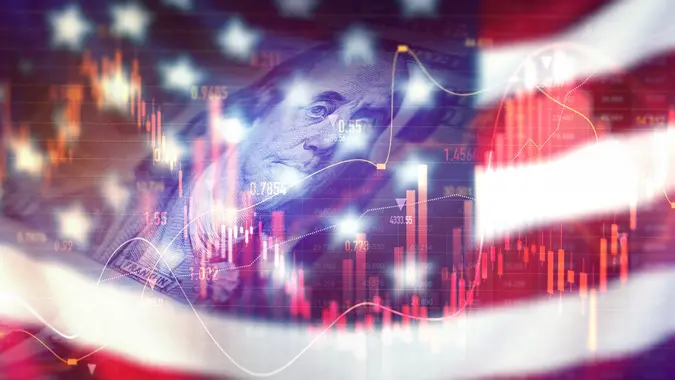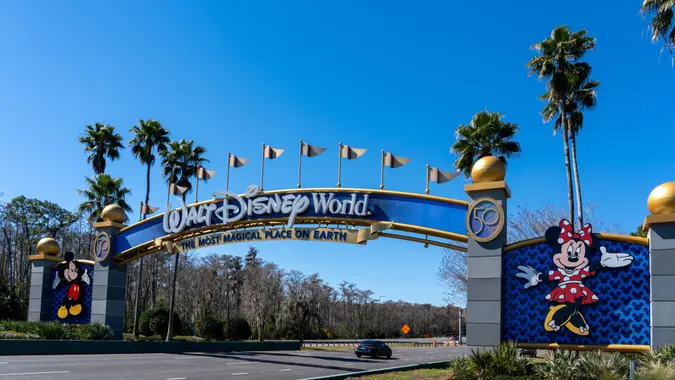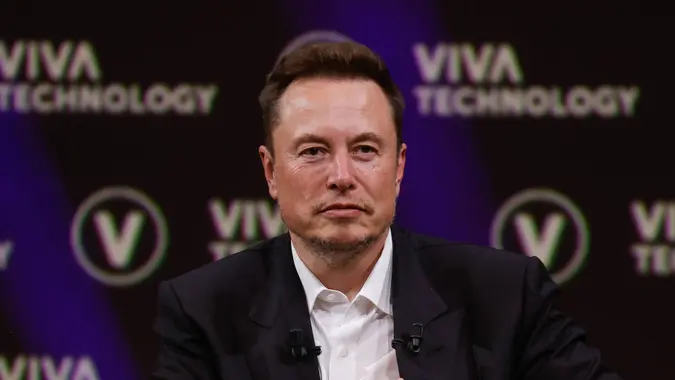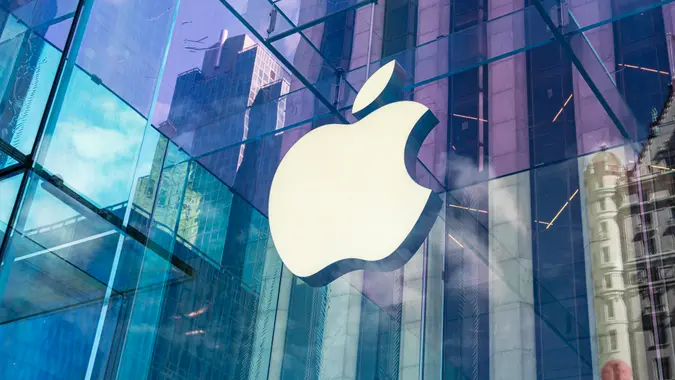How the Stock Market Performed in These 12 Presidents’ First Year in Office

Commitment to Our Readers
GOBankingRates' editorial team is committed to bringing you unbiased reviews and information. We use data-driven methodologies to evaluate financial products and services - our reviews and ratings are not influenced by advertisers. You can read more about our editorial guidelines and our products and services review methodology.

20 Years
Helping You Live Richer

Reviewed
by Experts

Trusted by
Millions of Readers
In spite of all the fanfare surrounding a presidential election, the stock market ultimately doesn’t care who is in the White House. Corporate earnings and a strong economy are what drive stock prices over multiyear periods. However, various studies have shown that the stock market does tend to trade in certain periods that correspond to the presidential cycle.
Data from the “Stock Trader’s Almanac,” Carson Investment Research and others shows fairly definitely that the third year of a presidential cycle produces far and away the best returns. The data shows that overall, the first, second and fourth years tend to produce fairly similar returns, with the first or second year posting the lowest average annual return, depending on which data set is used.
The reasons behind this cycle make sense. Presidents tend to cater to their base during the first and second years of their terms, often producing middling returns in the stock market. But in year three, most presidents are focused solely on reelection, giving them incentive to pump up the economy and stoke corporate earnings. The fourth year of the cycle often carries a level of uncertainty, with market participants in wait-and-see mode until the election results are decided.
With all of this in mind, here’s a look at how the S&P 500 performed during the first year of every presidential term in the modern era. As the S&P 500 came into existence only in 1957, only presidents inaugurated for the first time after 1957 are included below. President Dwight D. Eisenhower was inaugurated in 1957; however, as that was his second term, his results are not included in the list below. The second term of other eight-year presidents are also excluded.
John F. Kennedy, 1961
- S&P 500 close on Jan. 20, 1961: 59.96
- S&P 500 close on Jan. 19, 1962: 68.75
- Percentage gain: 14.66%
Lyndon B. Johnson, 1963
- S&P 500 close on Nov. 20, 1963: 72.56
- S&P 500 close on Nov. 20, 1964: 86.28
- Percentage gain: 18.91%
Richard Nixon, 1969
- S&P 500 close on Jan. 20, 1969: 101.69
- S&P 500 close on Jan. 20, 1970: 89.83
- Percentage loss: -11.66%
Gerald Ford, 1974
- S&P 500 close on Aug. 9, 1974: 80.86
- S&P 500 close on Aug. 8, 1975: 86.02
- Percentage gain: 6.38%
Jimmy Carter, 1977
- S&P 500 close on Jan. 20, 1977: 102.97
- S&P 500 close on Jan. 20, 1978: 89.89
- Percentage loss: -12.70%
Ronald Reagan, 1981
- S&P 500 close on Jan. 20, 1981: 131.65
- S&P 500 close on Jan. 20, 1982: 115.27
- Percentage loss: -12.44%
George H.W. Bush, 1989
- S&P 500 close on Jan. 20, 1989: 286.63
- S&P 500 close on Jan. 19, 1990: 339.15
- Percentage gain: 18.32%
Bill Clinton, 1993
- S&P 500 close on Jan. 20, 1993: 433.37
- S&P 500 close on Jan. 20, 1994: 474.98
- Percentage gain: 9.60%
George W. Bush, 2001
- S&P 500 close on Jan. 19, 2001: 1,342.54
- S&P 500 close on Jan. 18, 2002: 1,127.58
- Percentage loss: -16.01%
Barack Obama, 2009
- S&P 500 close on Jan. 20, 2009: 805.22
- S&P 500 close on Jan. 20, 2010: 1,138.04
- Percentage gain: 41.33%
Donald Trump, 2017
- S&P 500 close on Jan. 20, 2017: 2,271.31
- S&P 500 close on Jan. 19, 2018: 2,810.30
- Percentage gain: 23.73%
Joe Biden, 2021
- S&P 500 close on Jan. 20, 2021: 3,851.85
- S&P 500 close on Jan. 20, 2022: 4,482.73
- Percentage gain: 16.38%
More From GOBankingRates
 Written by
Written by  Edited by
Edited by 
























